Now, let’s chase the footprints of precious wild animals in the Japan Alps and observe them if lucky! Of course, mountains are where they live and we are visitors. We have to behave when visiting them. If we observe good manners, I believe that they will welcome us.

Necessary items for animals watching – what items are useful?
Clothing that you are going to use can be basically be the same clothing for mountain climbing, however, if you are going up to the Alpine Belt, warm gear should be prepared as well. Considering that you might end up walking through bushes, even in summer, it is recommended that you prepare not only short sleeve T-shirts but also long sleeve T-shirts, long pants, comfortable trekking shoes and rain boots depending on the areas that you are planning to visit.
In bushes, you might come in touch with plants with thorns or poisonous plants such as lacquer. If you wear long boots, the risk of getting bitten by mamushi can be lowered. Long sleeves also protect you from an attack of hornets. A hut to avoid the sun must be prepared for animals observation in the summer.
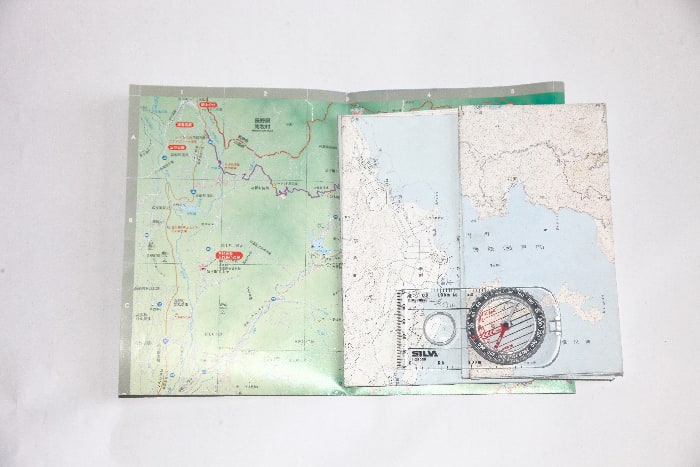
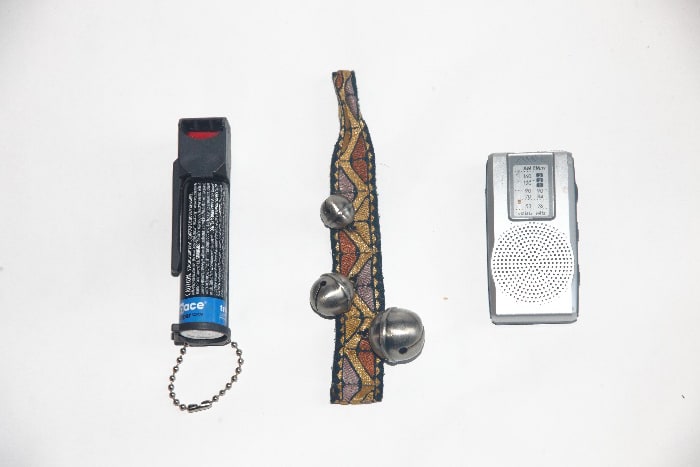
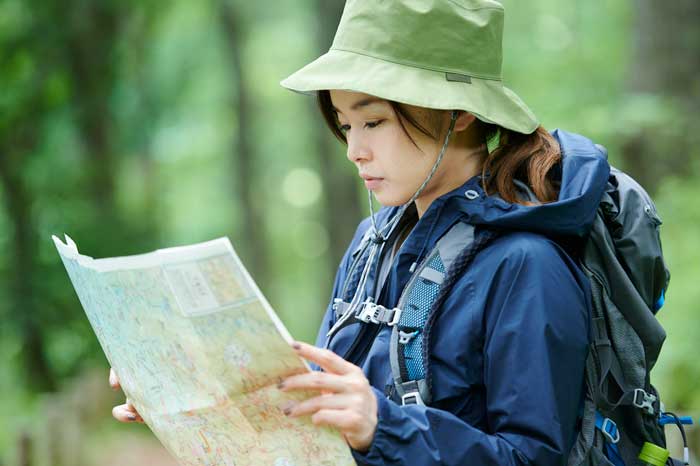
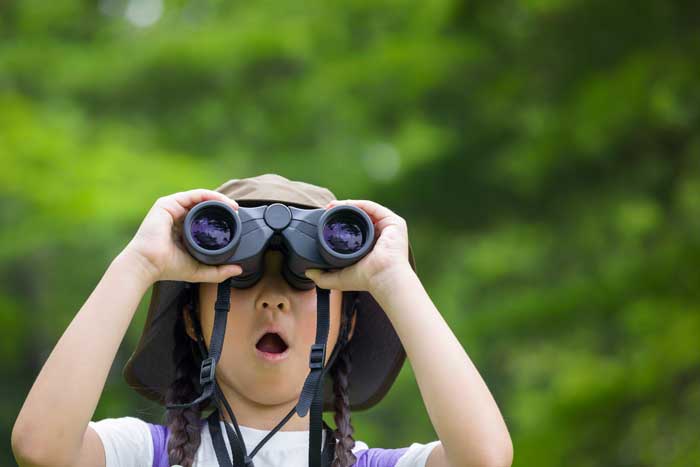
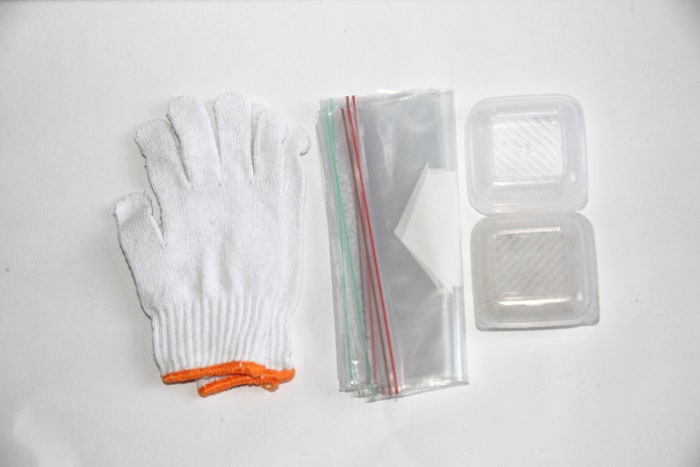
1. Field notes
Log anything in a field note. That information will help you later. A small size, which would fit into your chest pocket, would be useful.
2. Map
A map downloaded to your smartphone seems useful, however, it becomes useless with no signal. It is recommended to bring a map. Maps that you can obtain from an information center can be useful as well.
3. Compass
A compass in your smartphone comes with an altimeter and seems useful, but again, it becomes useless with no signal. A compass is even available at a one-coin store so make sure that you bring one in your backpack
4. Bear repellent spray, bells, radio
Wearing a bell or a radio to let black bears know you are coming can help you avoid running into them on trails. A small-sized spray for self-defense is useful.
5. Mosquito repellent incense stick and agents
Those chemical agents become useful when staying still at night while waiting for animals to come out. However, usage of them also alerts animals to the presence of human beings in the area so care must be employed in usage.
6. Plastic bags
They are light and not disturbing to carry, therefore it is recommended to bring a few different types.
7. Binoculars
A large size provides you with a clear sight and is useful but also can be in the way of movement. Foldable and small binoculars of 15 magnification work just fine.
8. Head light
This is necessary for night watching. These days, lights with LED bulbs in smaller sizes are available. If you put red cellophane over the light, it makes for less of a warning and permits observation.
9. First Aid Kit
The kit can be a simple set. It is recommended to include antiseptic solution, band-aids, antihistamine ointment, and tweezers.
10. Scale
It is necessary to measure footprints or walking strides of animals. Calipers give you more accurate measurements.
11. Gloves
They are needed when walking in rocky zones or through bushes. When collecting feces, use gloves and plastic bags. Do not forget to watch your hands when finished.

Season-when is it the best?
You can observe animals in any season, however, in summer,
plants and leaves might block your view and make it hard to find animals through them. Early summer before plants awake or autumn after leaves fall are better seasons for animal watching. After fresh snow, animal tracks such as footprints clearly remain, so it is a suitable season for observation. In the rainy season, it makes trekking itself harder and animals slow down. The squealing of each gender before breeding season in early fall or nursing parent and child after birth in early spring can be observed because during those periods, they stay in their territories and do not migrate in wide areas.
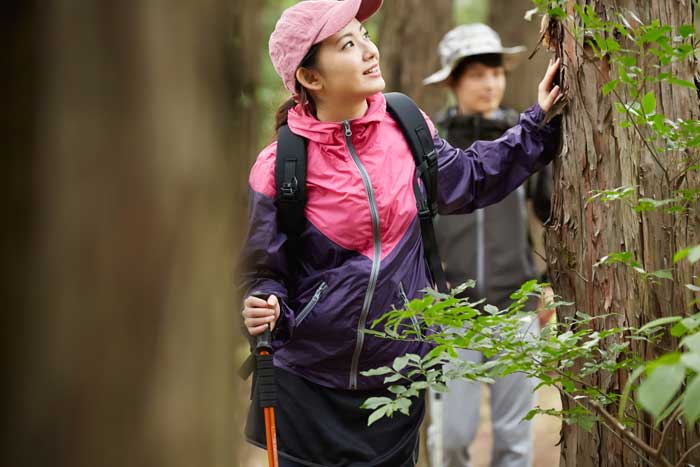
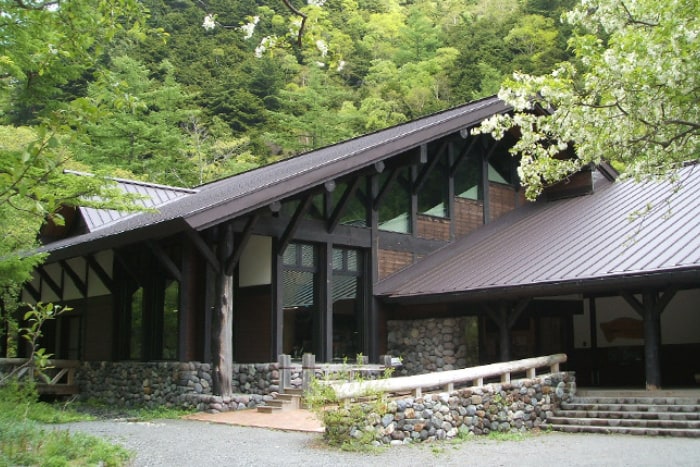

Where should we go to see them?
No matter how much you wish to encounter them, they might not easily appear for you to see. That is the difference between plants and animals. Please ask owners of the huts at climbing bases. Also, nature information centers are located at some bases. Rangers at the centers or information notes are precious resources. There might be better chances to encounter animals if you join trial courses hosted by the information center.
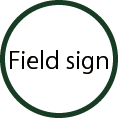
How to observe at the sites-what is a field sign?
Animal Trail
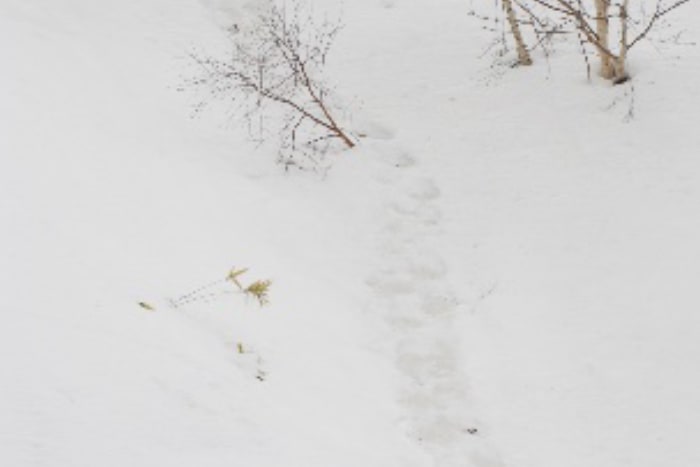
An animal trail is a trail that animals often use. Trails that human beings do not likely use but where there are footprints, these might be animal trails. If you set up a trail camera, you might be surprised by seeing them using areas close to you.
Peeling
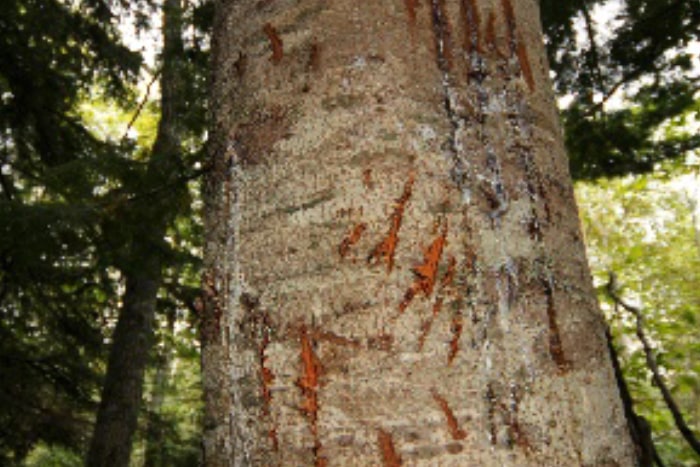
Asian black bears peel tree skins to show their territories or to lick the sap under the skin. This troubles forestry since this ruins trees, however, it is a good mark, telling of the existence of black bears in the vicinity.
Bear Shelf
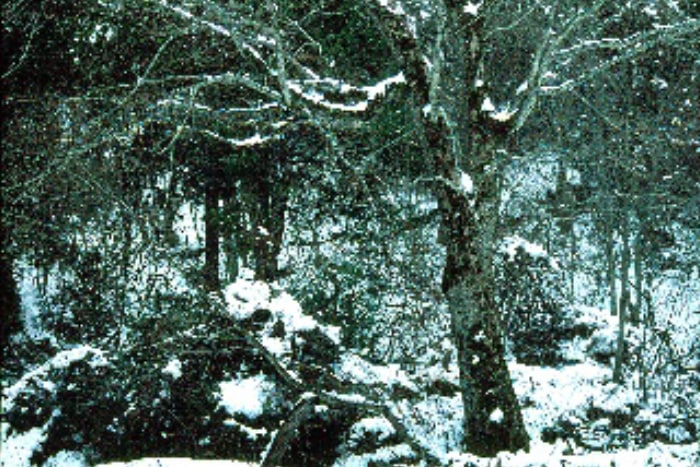
If you find bent branches of trees such as the Beech, they might be bear shelves. Black bears eat the leaves and nuts of those trees and to reach them, they make bear shelves by bending branches. Their sizes are so huge that they are noticeable in the mountains.
Footprints
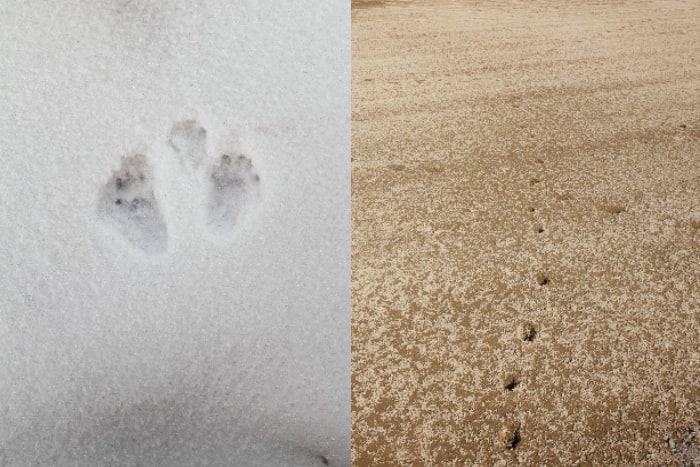
Footprints left as traces of animals living in the areas are big key points for animal watching. All animals have their own footprints. Enjoy the forensic work for animal tracking like a police officer!
Feces

Just like footprints, research on feces tells you what animals eat. Plastic bags become useful here. Wear gloves to collect feces and bring feces home. If you dissolve them using alcohol, you may find plants or the teeth of mice.
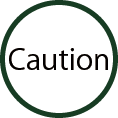
caution for animal watching
The fields are theirs, not yours. Please conduct observations with the understanding that you are a visitor to their home grounds. When you blend in with nature and become an animal non-disturber, they might unexpectedly show you behaviors. Those behaviors that you can see through binoculars will be your precious experience.
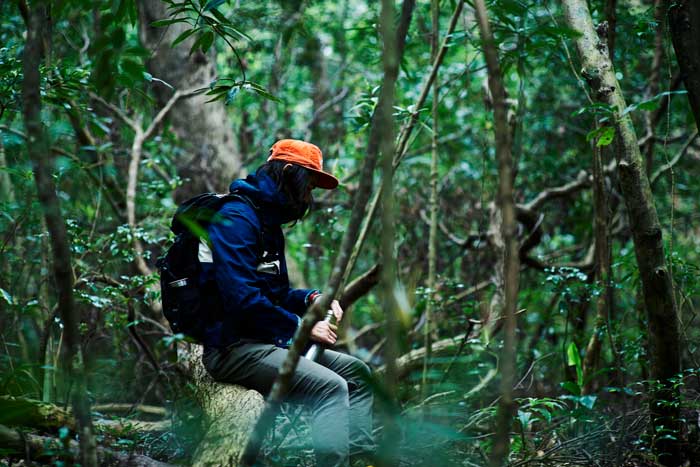
- Even if you are lucky to encounter animals, do not feed them. They need to survive in the wild. For their benefit, you should not feed them.
- Even if you are lucky to encounter them, do not come too close to them. Typically, they do not come close to you.
Most of the time, bears run away when they see human beings, however, there is still the risk that they may attack a human. Keep your distance between them and do not disturb their lives. - Make sure that you are aware of your location at all times.
Even when you go off the trail and enter the mountains for observation, do not enter hazardous areas.
Also, make sure that you stay within the areas that you can locate yourself on your map.
